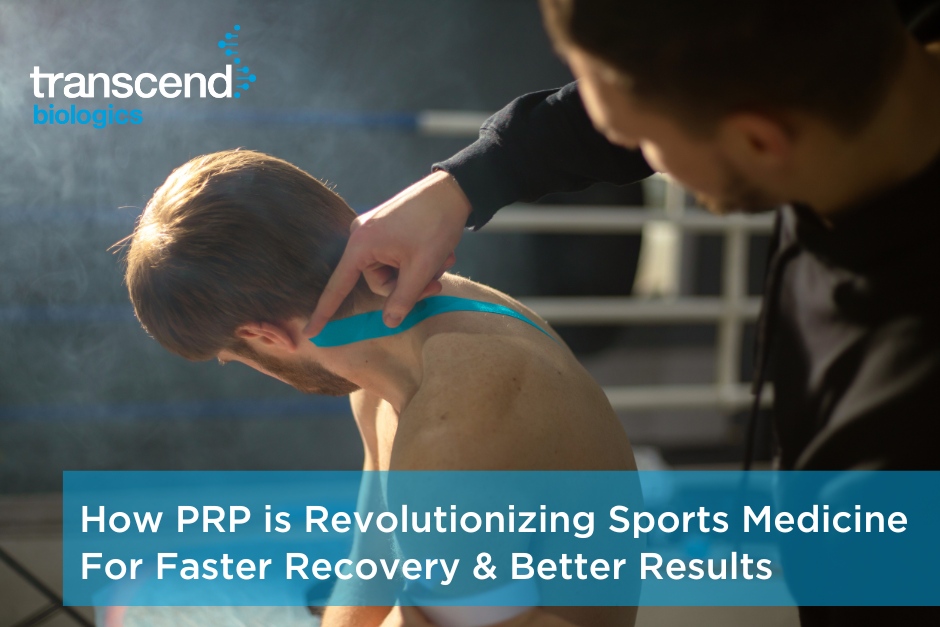Whether it’s a professional athlete or a weekend warrior, no one wants to be sidelined by an injury. Rapid recovery and effective healing are paramount, and that’s precisely where Platelet-Rich Plasma (PRP) comes into play. PRP, an innovative treatment that harnesses the body’s healing powers, is revolutionizing sports medicine by providing faster recovery and better results.
What is PRP?
Platelet-Rich Plasma (PRP) is a concentration of platelets derived from the patient’s own blood. Platelets are small cells in the blood that assist in clotting and initiate healing when injuries occur. PRP is created by drawing a small amount of blood, which is then placed in a centrifuge to separate the platelets and plasma from other components. This concentrated solution is then reinjected into the patient’s injury site, promoting faster and more efficient healing.
PRP in Sports Medicine
In sports medicine, the goal is always to help athletes recover from injuries as quickly and safely as possible. Traditionally, this has involved physical therapy, surgery, pain medication, and rest. While these methods can be effective, they often involve significant downtime. This is where PRP is making a significant impact.
The Benefits of PRP in Sports Medicine
There are several reasons why PRP is becoming increasingly popular in the world of sports medicine:
- Natural and Safe: PRP uses the patient’s own blood, reducing the risk of allergic reactions or infections. It’s a natural approach to healing, which is particularly appealing to athletes who prefer to avoid surgery or medications when possible.
- Faster Recovery: PRP injections deliver a concentrated dose of growth factors that expedite the body’s healing process, potentially leading to faster recovery times.
- Reduced Inflammation and Pain: PRP has been shown to reduce inflammation and pain associated with many common sports injuries, making the recovery process more comfortable for the patient.
- Versatility: PRP can be used for a wide range of injuries, making it a versatile tool in a sports medicine practitioner’s arsenal.
The Future of PRP in Sports Medicine
As the medical community continues to research and understand the full potential of PRP, its role in sports medicine is expected to expand. Clinical trials are ongoing to refine the techniques and understand how to maximize the benefits of PRP therapy.
**
Scientific References: Andia, I., Maffulli, N. (2014). Platelet-rich plasma for managing pain and inflammation in osteoarthritis. Journal of Sports Sciences, 32(11), 1013-1022.
Kon, E., Filardo, G., Delcogliano, M., & Marcacci, M. (2013). Platelet-rich plasma: new clinical application: a pilot study for treatment of jumper’s knee. Injury, 44(Supplement 3), S18-S22.
Mishra, A., Harmon, K., Woodall, J., Vieira, A. (2014). Sports Medicine Applications of Platelet-Rich Plasma. Current Pharmaceutical Biotechnology, 15(12), 1082-1088.
Peerbooms, J. C., Sluimer, J., Bruijn, D. J., & Gosens, T. (2010). Positive effect of an autologous platelet concentrate in lateral epicondylitis in a double-blind randomized controlled trial: platelet-rich plasma versus corticosteroid injection with a 1-year follow-up. The American Journal of Sports Medicine, 38(2), 255
